Deskripsi
Perkenalan
Babi babi memainkan peran penting dalam mengangkut sumber daya bahan bakar di jarak yang sangat jauh. Memastikan operasinya yang lancar sangat penting untuk alasan ekonomi dan lingkungan. Mencegah masalah dalam pipa gas, seperti penyumbatan, korosi, dan kebocoran, sangat penting untuk menjaga keamanan dan laju aliran yang optimal.
Babi babi pipa adalah alat khusus yang digunakan dalam industri minyak dan gas untuk mengatasi tantangan jaminan aliran. Mereka berkontribusi pada efisiensi dan keamanan pipa gas dengan menghilangkan penghalang, membersihkan interior pipa, dan melakukan inspeksi. Artikel ini menyelidiki konsep Pigging, pentingnya, dan keahlian EMT dalam memberikan solusi pigging terkemuka.
Konsep Pigging dalam pipa minyak dan gas
Pigging mengacu pada proses penggunaan perangkat yang disebut babi pipa untuk melakukan berbagai fungsi dalam pipa minyak dan gas. Fungsi -fungsi ini meliputi pembersihan, pembersihan, dan memeriksa interior pipa. Pigging adalah aspek penting dalam mempertahankan integritas pipa dan memastikan aliran produk yang berkelanjutan.
Tujuan Pigging melampaui hanya pipa pembersihan. Ini juga melibatkan penilaian kondisi pipa dan mendeteksi masalah potensial, seperti korosi atau patah tulang, yang mungkin memerlukan perbaikan atau penggantian. Keahlian profesional sangat penting dalam melakukan operasi babi dengan aman dan efektif, karena memastikan bahwa proses tersebut dilakukan dengan presisi dan perawatan.
Pentingnya Pigging Pipa
Babi pipa memainkan peran penting dalam mempertahankan efisiensi dan integritas pipa gas. Beberapa justifikasi utama untuk pipa gas babi meliputi:
- Menjaga pipa bersih dan bebas halangan: Pigging membantu menghilangkan puing-puing, endapan, dan bahan lain yang dapat menghambat aliran gas di dalam pipa.
- Memastikan integritas aliran yang optimal: Dengan mempertahankan pipa yang bersih dan bebas obstruksi, Pigging memastikan bahwa laju aliran dan tekanan dalam pipa tetap konsisten dan efisien.
- Operasi Perbaikan Inspeksi dan Perencanaan: Pigging memungkinkan operator pipa untuk memeriksa interior pipa untuk masalah potensial yang mungkin memerlukan perbaikan atau penggantian, memfasilitasi pemeliharaan proaktif dan mengurangi risiko kegagalan pipa.
Saluran Pipa Proses Babi
Proses pigging pipa melibatkan beberapa komponen, termasuk babi, peluncur babi, dan penerima babi (perangkap babi). Babi adalah perangkat yang bergerak melalui pipa, melakukan fungsi yang dimaksud. Peluncur dan penerima memfasilitasi penyisipan dan pengambilan babi dari pipa.
Selama proses pigging, babi diluncurkan ke dalam pipa menggunakan peluncur babi dan didorong melalui pipa oleh aliran produk. Saat babi bergerak melalui pipa, ia mengumpulkan puing -puing, minyak, dan kotoran lainnya. Kemudian diambil oleh penerima babi. Profesional yang kompeten sangat penting untuk melakukan operasi babi dengan aman dan efektif.
Jenis dari Babi pipa
Ada berbagai jenis babi pipa yang digunakan dalam industri minyak dan gas, masing -masing dengan fungsi dan aplikasinya yang unik:
- Babi Utilitas: Ini termasuk babi mandrel, babi cor padat, babi busa, dan babi bulat. Mereka terutama digunakan untuk pembersihan dan pemindahan puing.
- Babi gel: Babi -babi ini digunakan dalam garis "unsitable" dan dapat digunakan bersama jenis babi lainnya. Mereka dirancang untuk menghilangkan cairan dan partikel halus dari pipa.
- Babi Inspeksi (babi pintar): Dilengkapi dengan komponen elektronik, babi ini memberikan kemampuan inspeksi canggih, seperti mendeteksi korosi, retakan, dan anomali pipa lainnya.
- Babi khusus (colokan): Babi ini digunakan untuk bagian penyegelan pipa selama kegiatan perbaikan, seperti perbaikan atau penggantian.
Pertanyaan yang Sering Diajukan
T1: Apa itu Pigging dalam konteks jaringan pipa gas?
A1: Pigging dalam konteks pipa gas mengacu pada proses penggunaan perangkat khusus yang disebut babi untuk melakukan berbagai fungsi di dalam jaringan pipa. Fungsi -fungsi ini meliputi pembersihan, pembersihan, dan memeriksa bagian dalam pipa untuk memastikan integritasnya dan mempertahankan aliran produk yang berkelanjutan.
T2: Apa arti penting dari Pipeline Pigging?
A2: Pipa Pigging memainkan peran penting dalam mempertahankan efisiensi dan integritas pipa gas. Ini membantu menjaga pipa tetap bersih dan bebas halangan dengan menghilangkan puing-puing dan endapan yang dapat menghambat aliran gas. Pigging juga memungkinkan operator pipa untuk memeriksa pipa untuk masalah potensial, seperti korosi atau fraktur, memfasilitasi pemeliharaan proaktif dan mengurangi risiko kegagalan pipa.
T3: Apa proses PIPELINE PIBGING?
A3: Proses pengkhianatan pipa melibatkan beberapa komponen, termasuk babi, peluncur babi, dan penerima babi. Babi dimasukkan ke dalam pipa menggunakan peluncur dan didorong melalui pipa dengan aliran produk. Saat bergerak, babi mengumpulkan puing -puing dan kotoran. Kemudian diambil oleh penerima babi. Profesional yang kompeten sangat penting untuk secara aman dan efektif melakukan operasi pigging.
T4: Apa jenis babi pipa yang digunakan dalam industri minyak dan gas?
A4: Ada berbagai jenis babi pipa yang digunakan dalam industri minyak dan gas. Ini termasuk babi utilitas (seperti babi mandrel, babi cor padat, babi busa, dan babi bola) yang digunakan untuk pembersihan dan pemindahan puing, babi gel yang dirancang untuk menghilangkan cairan dan partikel halus, babi inspeksi (babi pintar) yang dilengkapi dengan kemampuan inspeksi canggih, dan babi khusus (colokan) yang digunakan untuk bagian penyegelan pipa selama kegiatan perbaikan.
T5: Keahlian apa yang ditawarkan EMT dalam layanan pengabaian pipa?
A5: EMT specializes in providing top-notch pipeline pigging services. Their expertise ensures that gas pipelines remain clean, obstruction-free, and well-maintained. They offer a range of pigging solutions, including purging, cleaning, and inspection, to help maintain pipeline integrity and optimize flow rates. For more information or to request a quote, please contact EMT.
Pemeliharaan Saluran Pipa
Pipeline maintenance is an essential aspect of the oil and gas industry, ensuring the safe and efficient transportation of valuable resources. It involves a series of tindakan pencegahan, inspeksi, dan perbaikan untuk menjaga integritas dan fungsionalitas jaringan pipa. Pemeliharaan saluran pipa sangat penting untuk mencegah gangguan operasional, kerusakan lingkungan, dan bahaya keselamatan, yang dapat diakibatkan oleh kegagalan atau kebocoran saluran pipa.
Kesimpulannya, pemeliharaan pipa merupakan aspek penting dalam industri minyak dan gas, yang memerlukan pendekatan komprehensif yang mencakup inspeksi, pembersihan, perlindungan korosi, perbaikan, dan pelatihan personel. Dengan rajin memelihara saluran pipa, operator dapat mengurangi risiko kegagalan, meminimalkan dampak lingkungan, dan memastikan transportasi sumber daya berharga yang aman dan efisien.
Conclusion: EMT’s Expertise in Pipeline Pigging Services
The importance of pipeline pigging in maintaining gas pipeline efficiency and safety cannot be overstated. EMT’s expertise in providing pigging services ensures that pipelines remain clean, obstruction-free, and well-maintained. For more information on EMT’s pipeline pigging services or to request a quote, please contact us.


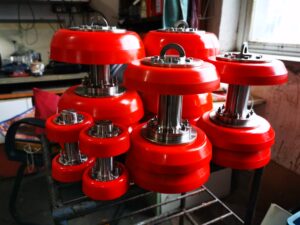
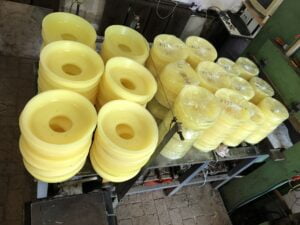

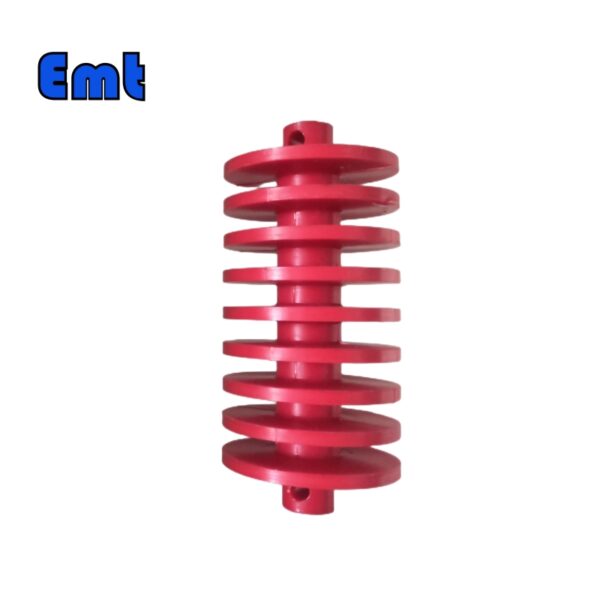
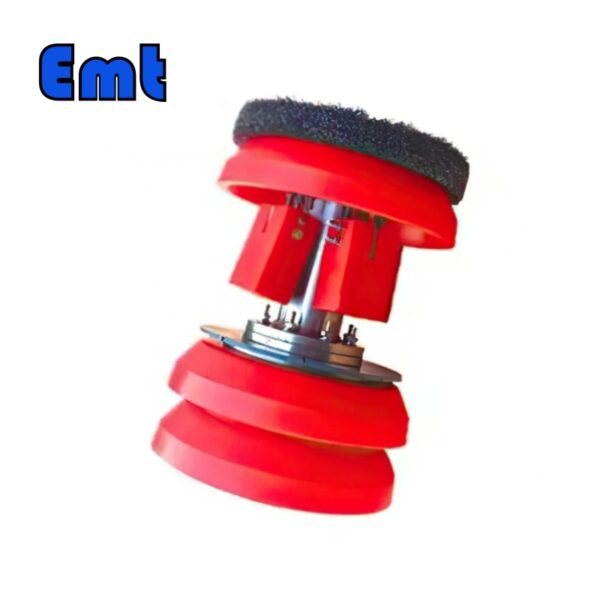
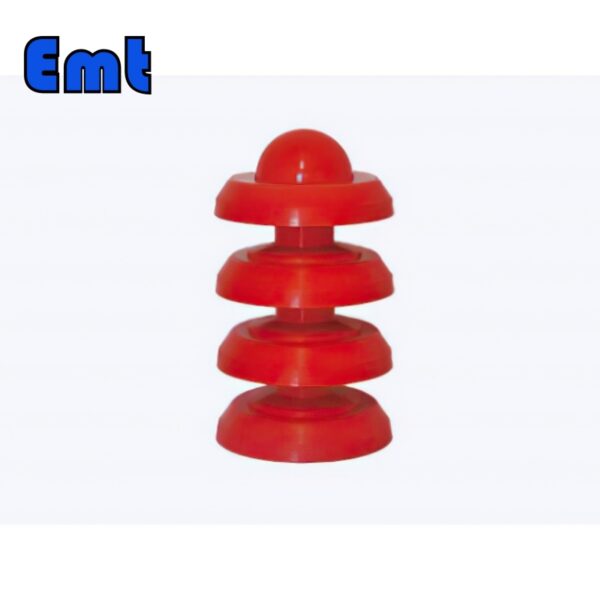

Ulasan
Belum ada ulasan.